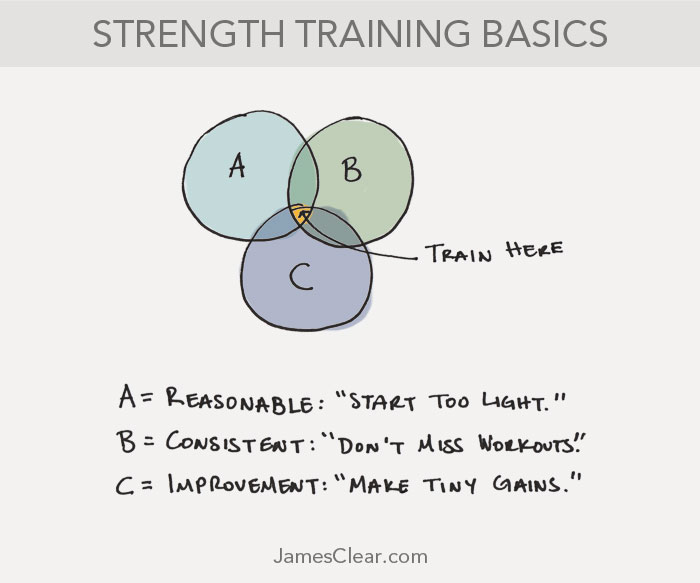Nearly 2,500 years ago, there was a man of incredible strength and athleticism roaming the hills of southern Italy. His name was Milo of Croton and he was almost certainly the most successful wrestler of his day.
Milo was a six-time wrestling champion at the Ancient Olympic Games in Greece. In 540 BC, he won the boys wrestling category and then proceeded to win the men's competition at the next five Olympic Games in a row. He also dominated the Pythian Games (7-time winner), Isthmian Games (10-time winner), and Nemean Games (9-time winner). 12
In the rare event that an athlete won not only the Olympic title, but also all three other games in one cycle, they were awarded the title of Periodonikes, a grand slam winner. Milo won this grand slam five times.
Now for the important question: What can Milo's incredible strength teach you about how to build muscle and improve your health and fitness?
The answer is covered in a story about how Milo developed his strength…
How to Build Muscle Like Milo of Croton
It is said that Milo built his incredible strength through a simple, but profound strategy.
One day, a newborn calf was born near Milo's home. The wrestler decided to lift the small animal up and carry it on his shoulders. The next day, he returned and did the same. Milo continued this strategy for the next four years, hoisting the calf onto his shoulders each day as it grew, until he was no longer lifting a calf, but a four-year-old bull. 3
The core principles of strength training and how to build muscle are encapsulated in this legendary tale of Milo and the bull.
Strength Training: The Core Principles
“When you first start to study a field, it seems like you have to memorize a zillion things. You don’t. What you need is to identify the core principles – generally three to twelve of them – that govern the field. The million things you thought you had to memorize are simply various combinations of the core principles.”
—John T. Reed
The health and fitness industry is filled with unnecessary complexity and thousands of experts sharing conflicting ideas. If there is anything I've learned during 10 years of strength training, it's that mastering the fundamentals is more valuable than worrying about the details.
As an example, let's discuss three of the core principles of strength training that are hidden in the story of Milo of Croton and the bull.
Here they are…
1. Start too light: Focus on volume before intensity.
Did Milo try to lift a full-grown bull on day one? Of course not. He began with a newborn calf. Given his wrestling prowess, it is very likely that this was a weight that was easy for him.
It works the same way for you and me. When you begin strength training, you should start by lifting something easy. It is only by focusing on volume, repetition, and easy weights in the beginning that you build the capacity to handle heavier weights later on.
2. Don't miss workouts.
Milo's strategy wouldn't have worked very well if he tried to pick up the bull on its birthday each year. The calf would have grown too much and Milo would have grown too little. And yet, this is exactly the strategy many of us employ. Once or twice per year, often around the New Year, people will try to “pick up a bull” by getting incredibly motivated and exercising like never before—only to fizzle out a few weeks later.
A more useful strategy is to start with something incredibly small, an exercise that is so easy you can't say no to it, and then repeat and improve slowly. If you want to make progress, you have to make a reasonable, sustained effort.
As an example, when I started my pushup habit, I began with a number that was very small and easy to do. Because the workout didn't intimidate me, I was more likely to follow through each day and not miss workouts. In short, do things you can sustain.
3. Increase in very small ways.
Every day, Milo's calf grew just a little bit. An ounce here, a pound there. And yet, these tiny gains added up to a very significant weight in a relatively short amount of time.
It works the same way in the gym. Do you think you could squat one more pound this week than you could last week? Most people probably could. And if you added just one pound per week for two years, you could be squatting 100 pounds more than you are today. How many people do you know that are squatting 100 pounds more today than they were two years ago? I don't know many.
Tiny gains add up fast. Average speed can take you far if you just keep walking. The weight on the bar should grow like a calf in a field: slowly, gradually, reasonably. 4
Strength Training Basics

Greek Athletes and Athletics by H.A. Harris. pp. 110–113.
There are seemingly endless stories of Milo's feats of strength and although some of them are certainly embellished (his daily diet reportedly included 20 pounds of meat, 20 pounds of bread, and 18 pints of wine), there is no doubt that Milo was one of the greatest strength athletes of his time and that the lessons we learn from his stories hold true today.
Human biology (5th edition) by Daniel Chiras. p. 229.
Thanks to my main man Austin Kiessig for reminding me about the story of Milo of Croton.